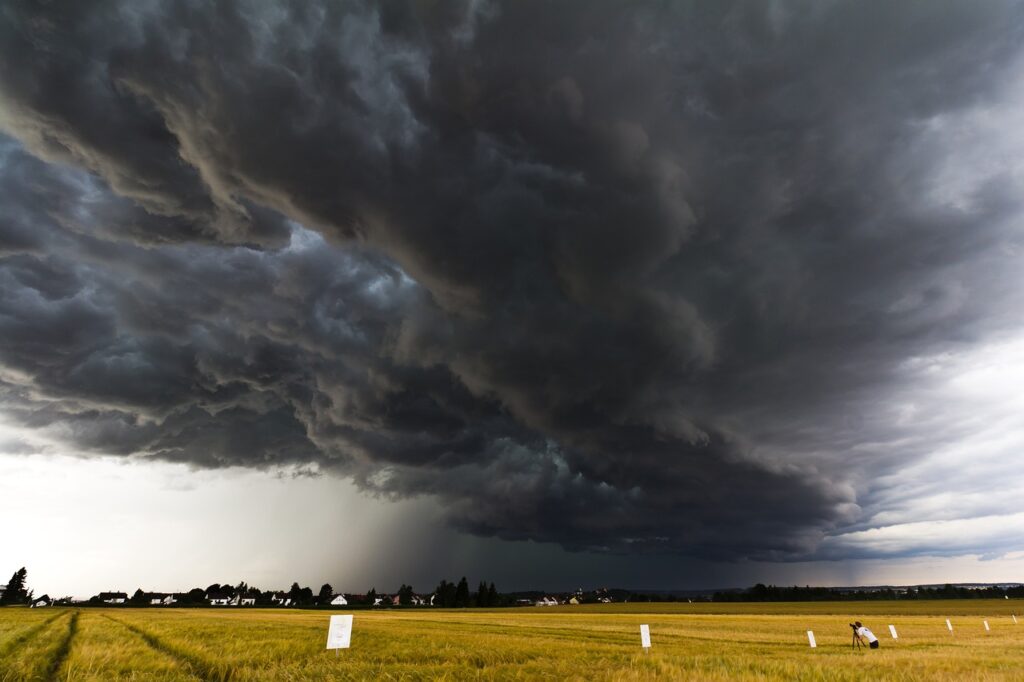
Living in the city as a single mom or solo woman means juggling more than most, and when emergencies happen, you need every advantage to keep your family safe. Urban disaster alerts have evolved—fast. Here’s what you need to know about city survival tech, and how to make the most of it without overwhelming your busy days.
The New Urban Alert Landscape
Urban disaster alerts aren’t just blaring sirens or flashing news bulletins anymore. Cities now use a network of integrated systems to make sure you get the message, wherever you are:
- Emergency Alert System (EAS): Sends updates through radio and TV broadcasts.
- Wireless Emergency Alerts (WEA): Pops messages directly onto your smartphone for everything from tornadoes to Amber Alerts.
- NOAA Weather Radio: Dedicated radio bands send real-time alerts, even when cell service is jammed.
- Digital Signs & Local Sirens: You’ve seen those highway signs or heard citywide alarms—they’re part of this system too.
- Social Media & City Apps: Local governments push info through social platforms and sometimes custom alert apps.
This web of alerts, powered by the Integrated Public Alert and Warning System (IPAWS), is designed for busy people on the go—especially single women who may be running from daycare pickups to late shifts.

Why Redundancy Matters
Life moves fast, but emergencies do too. Relying on one notification source isn’t enough—especially in a digital blackout. A city-wide power outage, massive server hack, or even overloaded cell towers can knock out your usual lifeline.
Smart moves for single women:
- Keep multiple alert methods active: A cheap emergency weather radio with batteries is worth its weight in gold. You can find them on Amazon.
- Download your city’s official alert app, if available: Details are often more local and actionable.
- Enable WEA on your phone: Double-check your settings so you’re not missing critical alerts.
Keeping Connected: Mobile Preparedness Hacks
Single moms are always multitasking. If you’re using your phone for everything, make sure it’s an asset in a crisis—not a liability.
Top tech tips:
- Charge up, every chance you get: Invest in an extra-long charging cable at home, a car phone charger, and a portable battery pack for your bag.
- Explore solar chargers: These can be real lifesavers during extended outages. Buying emergency gear that can be solar-charged as well as electrically is an option worth paying for in case of extended power losses, where you can’t recharge your backup power banks and stations.
- Share your location: Tools like Apple’s “Find My” or Google’s location sharing feature can let trusted friends and family track your location, especially when getting separated is possible.
Even major organizations agree: cell phone alerts are fantastic, but people sometimes turn phones off to save battery during emergencies or blackouts. Having a backup method like a weather radio or city alert service helps fill the gaps.

Urban Challenges: Gridlock, Diversity, and Information Clarity
In dense cities, disasters quickly bottleneck streets and swamp services. Traffic jams aren’t just a hassle—they can block ambulances and trap you away from your kids’ school or your neighborhood.
- Know your evacuation routes: Have at least two ways out. Spend five minutes studying city maps before you need them, and have a paper or printed map of your area and region in case GPS and cell service are lost.
- Keep it simple: Many emergency plans focus on big addresses or complicated steps, but the best city alerts use simple language and well-known community spaces as gathering points. Check your city’s local recommendations, often available in various languages. If English isn’t your first language, seek out translated materials or neighborhood clubs that share updates.
Location-Based Alerts and Tracking
Many city emergency systems now use location data for ultra-local alerts—think flooding in just your zip code, or police warnings about a specific intersection. These come through apps or mobile notifications, using GPS, Wi-Fi, and cellular data to pinpoint your area. While I realize that some of us like to keep our location information turned off, if you are aware of a weather, unrest, or other event that could trigger an alert, keep your location on until you are sure the threat has passed.
Pro tip: Some medical alert systems and kid’s smartwatches can send locations during a crisis, or act as a backup way to call for help if you’re separated.
Getting Your Household in Sync
As a single mom, your family might be in different places when disaster hits. Make an easy family plan for:
- Evacuation procedures: Schools, workplaces, and childcare centers usually have their own. Get copies if you can.
- Communication: Text chains with close friends/family in and out of the city can keep everyone updated.
- Meeting spots: Choose a simple, familiar place as a meetup point if you’re split up.
Keep emergency contact information on paper or saved offline in your phone, just in case.

Smart Shopping: Survival Tech Worth Your Investment
Not every gadget is a must-have, but some tech boosts your emergency readiness and peace of mind.
- Hand-crank or solar-powered radios: Let you tune into emergency broadcasts even if your phone dies.
- Power banks: Essential for charged communication.
- Invest in a power station. Don’t be intimidated by the cost – you can find them as low as $70. But the first time you can use it to charge your phones and laptop during an extended blackout, safely provide light, and, for the larger ones, even keep your TV on, power a hot plate, or charge a portable fan or heater, you’ll be glad you got one.
- Flashlights and battery-powered lanterns: Necessary for blackouts, even in apartment buildings.
- Personal safety apps: Some let you send a quick SOS or share your live location if you feel unsafe or get lost.
Looking for more? Check my FREE prepper checklist– the password is StayReady 😉
Quick Strategies for Building a Resilient Plan
- Stay informed: Follow local government and police social media. News can change fast during an emergency.
- Download critical documents: Keep copies of IDs, insurance, and important papers in the cloud or on a thumb drive.
- Don’t forget to have your go-bag ready! Essentials like snacks, medicine, water, and a comfort item for kids make evacuations smoother. Adjust the list for your family’s needs. Read my guide here.
- Practice your plan: A five-minute fire drill or “what-if” chat is time well spent.
Explore more practical tips in my blog!
The Takeaway
City survival tech is more than just fancy gadgets—it’s a web of simple, powerful tools. By staying connected through multiple alert channels, keeping devices juiced, and making easy, family-friendly plans, single moms can turn urban chaos into calm action.
Want more?
- Sign up for my newsletter for weekly tips tailored to busy urban women.
- Listen to our latest podcast episode, packed with real-life stories and practical advice: Urban Lady Prepper Podcast.
There’s power in preparation, and you don’t have to go it alone. Join our community and get smart, simple survival strategies for you and your kids—city life and all.


